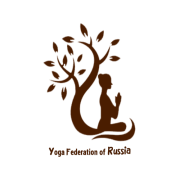

Author(s): Malcolm T. Whitehead, J. Stephen Guffey and Carrie A Barrett
Background and purpose: Ramsay Hunt Syndrome is an uncommon diagnosis that has as part of its presentation unilateral facial paralysis. Functional limitations can include: asymmetric facial expression and difficulty speaking, drinking and eating. The most effective treatment is not clear based on published research. The following case study describes the use of various interventions to assist in facial muscle activation in a patient diagnosed with Ramsay Hunt Syndrome.
Case description: A 55 year old female patient presented with right sided facial paralysis two months after diagnosis of Ramsay Hunt Syndrome. The patient received progression of range of motion exercises, neuromuscular re-education, soft tissue mobilization, and trials of electrical stimulation as outlined in the current research. In conjunction, she received instruction and application of kinesthetic taping to facilitate and/or inhibit facial muscle activation. The patient was seen for 21 visits over a 14 month time period.
Outcomes: House Brackmann grades improved from a grade V to a grade II. Strength increased from 1- to 4+. Functional improvements included improvements in communication, eating/drinking, and facial symmetry at rest. The patient also reported significant improvement in experienced pain. Presence of watery eye, and synkinesis were still mildly observed.
Discussion: Limited research is available regarding the treatment of Ramsay Hunt Syndrome. The combination of interventions described in this report was observed to improve muscle activation, facilitate a decrease in pain, and coincide with an improved House Brackmann grade. Further research should include randomized controlled trials to explore the cause and effect of each treatment.